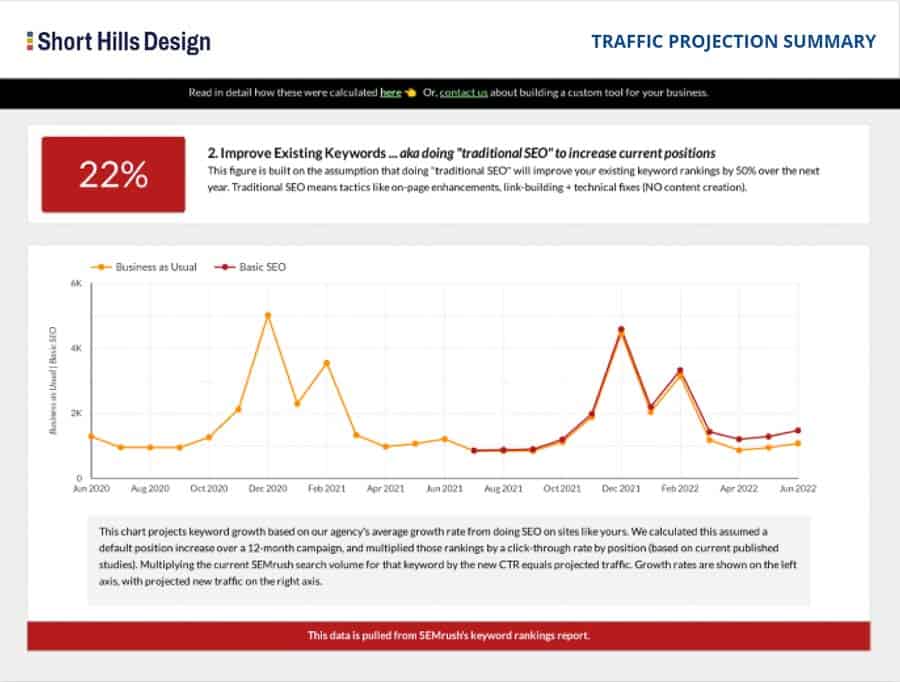
I’ve said it for years but let’s do it one more time: the goal of any SEO campaign is to make the pages on your website appear higher in search results, thereby increasing the chance that people will click on a result that sends them to a page on your website, where they can hopefully convert and become a new client (“convert” in the sense that we are completing a marketing goal – not a religious one J ).
When we ask our clients to brainstorm keywords (yes, clients are involved in the process – who knows their practice better than the practice owner?) they often come back with very broad terms such as “Invisalign” or “Cosmetic Dentist.” The reason that our dental colleagues want to rank for keywords such as these is because we, as dentists, assume that people who want cosmetic dentistry must be searching for “cosmetic dentist,” right?
WRONG. Or…more accurately…”it depends.”
It’s an understandable assumption for any dentist who wants to do “dental seo” that aiming to rank for a keyword such as “cosmetic dentist” should be a no-brainer – as any dentist who ranks well for that keyword must be so overwhelmed with NP calls that they have to add hours to the day. But here’s the rub – in some locations the above scenario is true, and in many other locations, it’s not.
The image below is a screenshot from the SEO tool, SEMRush, and you’ll see that our client ranks 2nd for the keyword, cosmetic dentist. By any measurement, therefore, this result should be marked as a dental SEO success story, right?

WRONG.
AGAIN.
The other metric that we must consider is the search volume, and if you look again at the screenshot, you’ll see that this client ranks 2nd for a keyword that has zero search volume.; they are literally the ruler of an empty kingdom (for the GOT fans out there reading this) – and that result, by any measurement, is NOT success.

